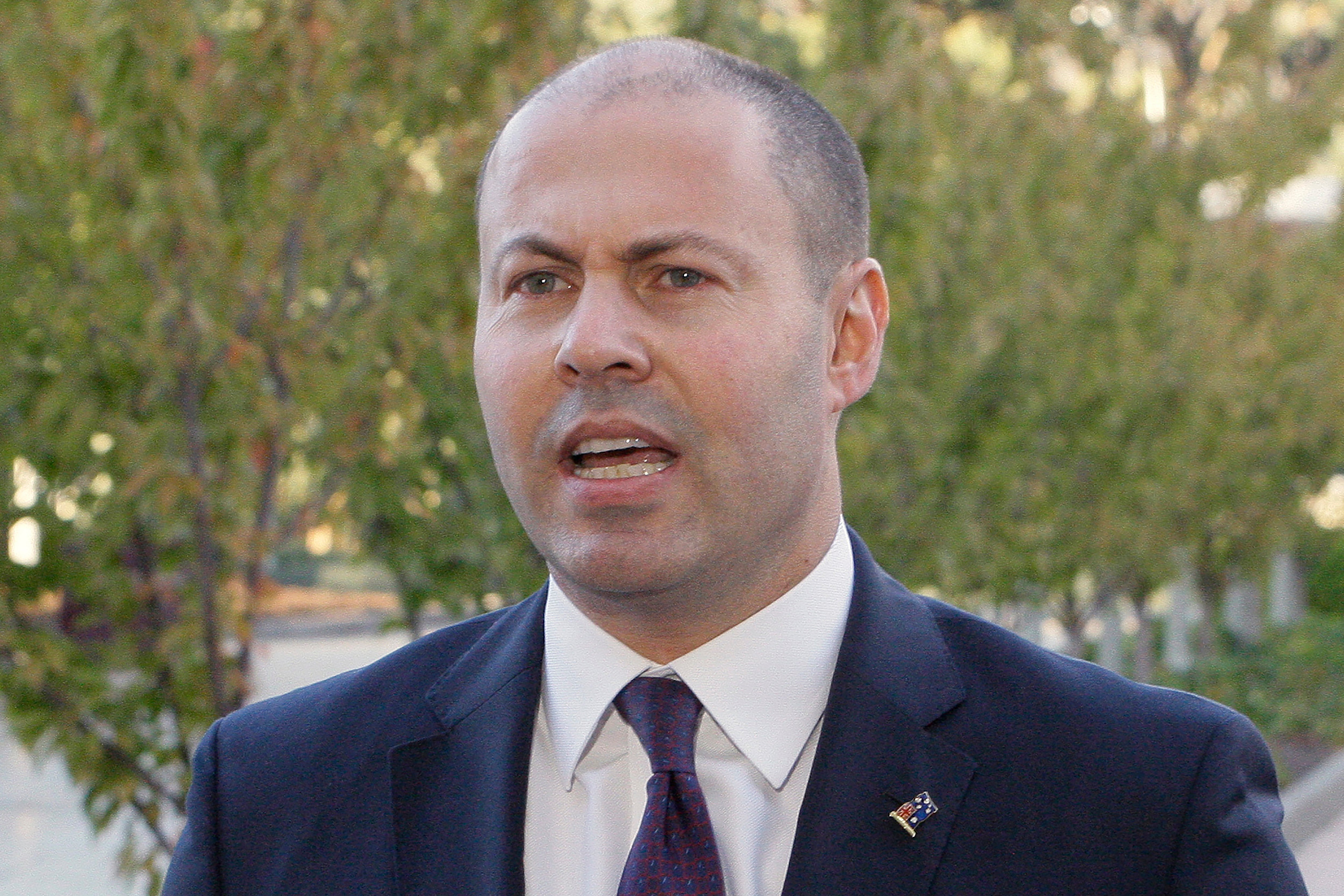Australia plans big spending pandemic measures, record debt
Australia's treasurer is set to reveal a big spending financial blueprint for the next few years that will drive business investment and job creation while repairing pandemic damage to the economy

Your support helps us to tell the story
From reproductive rights to climate change to Big Tech, The Independent is on the ground when the story is developing. Whether it's investigating the financials of Elon Musk's pro-Trump PAC or producing our latest documentary, 'The A Word', which shines a light on the American women fighting for reproductive rights, we know how important it is to parse out the facts from the messaging.
At such a critical moment in US history, we need reporters on the ground. Your donation allows us to keep sending journalists to speak to both sides of the story.
The Independent is trusted by Americans across the entire political spectrum. And unlike many other quality news outlets, we choose not to lock Americans out of our reporting and analysis with paywalls. We believe quality journalism should be available to everyone, paid for by those who can afford it.
Your support makes all the difference.The Australian government Tuesday will reveal a big spending financial blueprint for the next few years that will drive business investment and job creation while repairing pandemic damage to the economy the treasurer said.
The government is also expected to accrue record debt in the current fiscal year that ends on June 30, 2021, Treasurer Josh Frydenberg told reporters.
“I will lay out our economic recovery plan to rebuild the Australian economy and secure Australia’s future,” he told reporters.
Budget plans usually delivered in May were delayed this year due to the economic uncertainty created by the coronavirus pandemic. The forecasts assume a COVID-19 vaccine will become available next calendar year.
“Our plan will create jobs. Our plan will create opportunity. Our plan will drive investment. Our plan will grow the economy and guarantee the essential services Australians rely on,” Frydenberg said.
The annual budget is expected to contain a wage subsidy to get unemployed young Australians back to work. The government also hopes to bring forward planned income tax cuts.
“It rewards effort, encourages the power of aspiration, but it also encourages and leads to greater economic activity as people with tax relief spend more,” Frydenberg said.
The government has already announced road and rail infrastructure projects worth 7.5 billion Australian dollars ($5.4 billion) will be brought forward to energize the economy.
The budget measures would focus on driving Australia’s unemployment rate below 6% faster than in the aftermaths of previous recessions, Frydenberg said.
The latest jobless figures are for August when the rate was 6.8%. The rate would be far higher if the government was not paying employers a subsidy to keep staff in work.
Before the pandemic, the conservative government had expected to record Australia’s first budget surplus in 12 years in the fiscal year that ended on June 30 this year. Instead, Australia has sunk into its first recession in 28 years with spiraling debt.